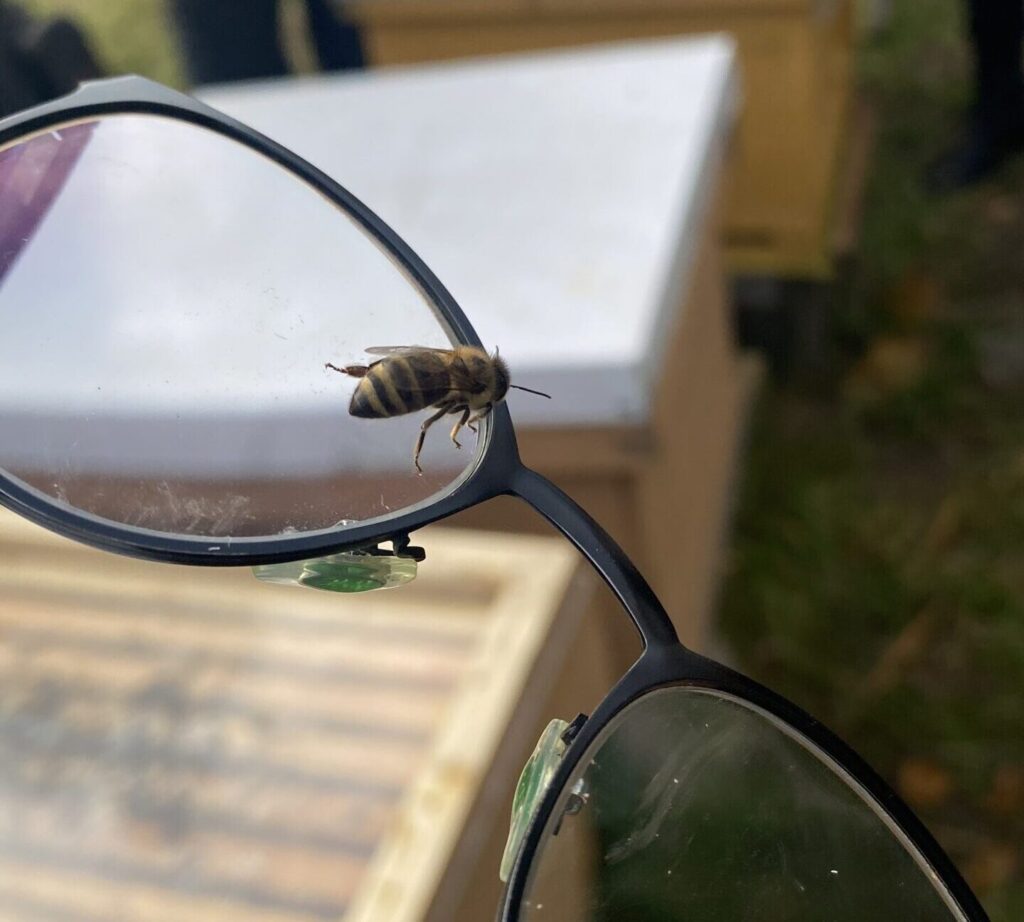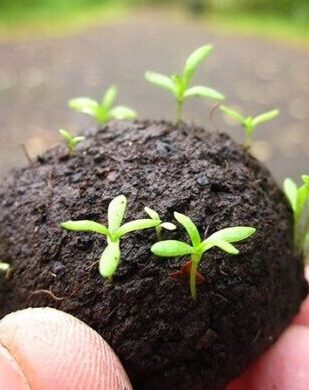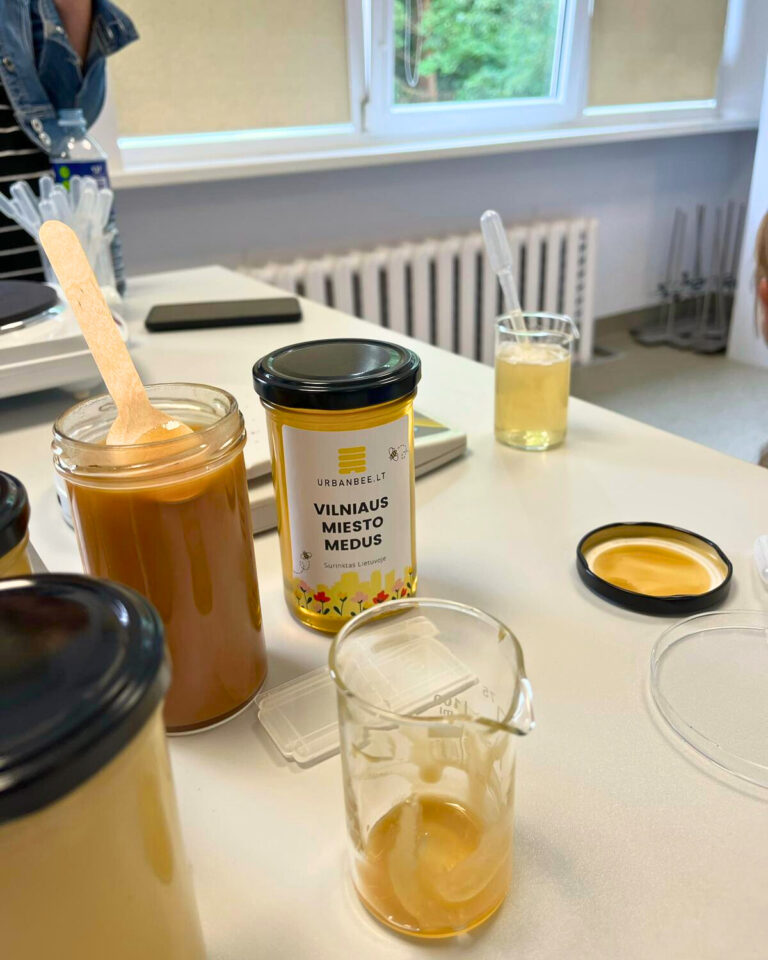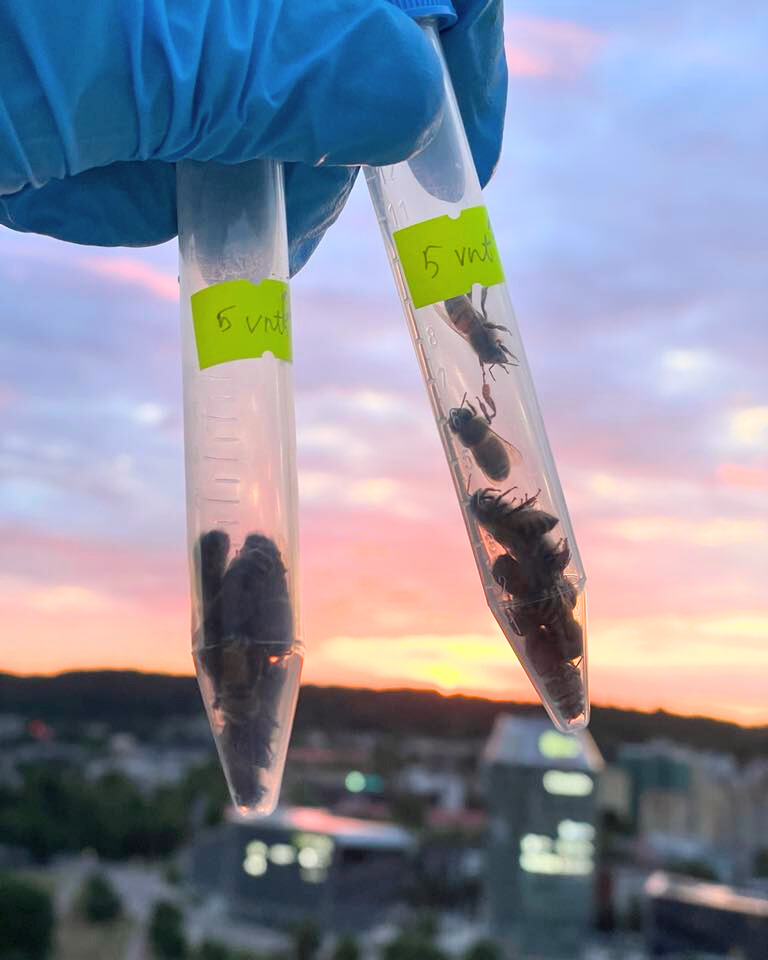Biodiversity and honey reserch
Is your environment safe for you and the pollinators?
Biodiversity index
bees are the bioindicator of your environment
Bees are remarkably sensitive to environmental changes, temperature fluctuations, and pollution levels, making beehives excellent biological indicators of the environment. As bees gather nectar and pollen, they collect information encoded with the biodiversity index of their surroundings.
The biodiversity index indicates the number of different animal and plant species living in a particular area. Bee pollination improves the quality of green spaces, creating more habitats for other organisms. Thus, bee activity contributes to increasing the biodiversity index in urban environments.
For companies interested in contributing to sustainable urban development or enhancing their social and environmental responsibility policies, beekeeping along with biodiversity index research can be an excellent way to illustrate best practices with tangible research results.
Companies that prioritize biodiversity attract more foreign investors and public trust.


How does honey research work?
1. We host beehives in your area
Alongside beehives, we establish friendly Buckfast bees, widely known worldwide for their calm and gentle nature.
2. Taking test samples from the beehive
Upon receiving the request, we take samples from your beehives. Samples include honey and pollen. We securely package the samples and send them to a laboratory in France.
3. Laboratory research in France
The samples are sent to the laboratory to be analyzed. Rsearch reveals the moisture content of honey, pH levels, electrical conductivity, minerals and enzymes, while also pesticides and heavy metal residues.
4. We offer solutions based on the data
We share the obtained honey test results with the client. Based on the results, we look for appropriate solutions. For example, if heavy metals are found, we relocate the hives further away from the street.
Find out more about the health of your environment
Seed bombs are compressed tablets containing soil and plant seeds, designed to restore vegetation to abandoned areas in urban environments.
The bombs contain 15 different species of native plants, including clover, caraway, and chamomile. Such a diverse range of plants serves as an important food source for pollinators.
By dispersing seed bombs in your urban environment, you contribute to the restoration of the cityscape and the conservation of bees!
Seed bombs

Seed bombs provide a creative means to improve both personal and urban environments. In instances where environmental plant life is dominated by monocultures, the biodiversity index plummets, rendering ecosystems fragile and vulnerable.
Plant diversity is essential for building resilience against a range of environmental stressors, from temperature shifts to pest outbreaks and diseases.
URBAN HONEY QUALITY
By conducting honey research we are ensuring the quality of urban honey
Since the beggining of Urbanbee.lt, we have annually conducted quality studies on urban honey. Samples are sent to a laboratory in Germany, where the conducted tests are certified.
These tests ascertain the quality and botanical origin of honey, measure its acidity, and detect the presence of heavy metals such as zinc, manganese, lead, cadmium, chromium, nickel, copper, and mercury.
Urban honey is completely safe and suitable for consumption. Honey gathered in urban environments is often healthier than rural honey because beehives are shielded from pesticide contamination.

INSIGNIA-EU Research

INSIGNIA-EU is a global-level project involving 11 organizations from ten countries. The project's goal is to investigate environmental pollutants, such as pesticides, microplastics, heavy metals, and other air pollutants, by leveraging the characteristics of bee activity.
Urbanbee.lt dalyvauja INSIGNIA projekte ir atstovauja urbanistinę aplinką Lietuvoje, atlikdami tyrimus Kauno ir Vilniaus miesto aviliuose. Mūsų klientai kartu su bičių globa turi galimybę sudalyvauti projekte ir prisidėti prie piliečių mokslo (angl. citizen science) srities plėtros.

Hive monitoring with the innovative ''Prohiver system''
Our innovative hive monitoring system “Prohiver” provides the following insights:
- Hive weight
- Moisture and atmospheric pressure
- Internal and external temperatures
- Hive sound frequencies
This data enables remote monitoring of bee colony activity. We recommend our clients to install a remote hive monitoring system to optimize beekeeping practices and digitally share data with their clients.
The gathered information contributes to broader scientific research on biodiversity and bee welfare, helping to mitigate the risk of bee diseases. The development of these innovations allows for the monitoring of bee life and the prediction of honey flows and the flowering season of melliferous plants.

